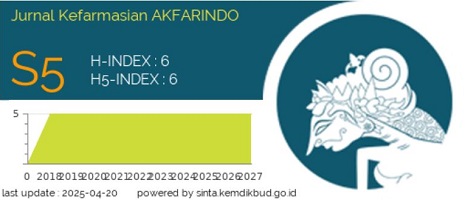Peer Review Process
Review Process of Manuscript: Initial Review
- Read the abstract to be sure that you have the expertise to review the article. Don’t be afraid to say no to reviewing an article if there is the good reason.
- Read information provided by the journal for reviewers so you will know: a) The type of manuscript (e.g., a review article, technical note, original research) and the journal’s expectations/parameters for that type of manuscript. b) Other journal requirements that the manuscript must meet (e.g., length, citation style).
- Know the journal’s scope and mission to make sure that the topic of the paper fits in the scope.
- Ready? Read through entire manuscript initially to see if the paper is worth publishing- only make a few notes about major problems if such exist: a) Is the question of interest sound and significant?; b) Was the design and/or method used adequately or fatally flawed? (for original research papers); c) Were the results substantial enough to consider publishable (or were only two or so variables presented or resulted so flawed as to render the paper unpublishable)?
- What is your initial impression? If the paper is: a) Acceptable with only minor comments/questions: solid, interesting, and new; sound methodology used; results were well presented; discussion well formulated with Interpretations based on sound science reasoning, etc., with only minor comments/questions, move directly to writing up review; b) Fatally flawed so you will have to reject it: move directly to writing up review; c) A mixture somewhere in the range of “revise and resubmit” to “accepted with major changes” or you’re unsure if it should be rejected yet or not: It may be a worthy paper, but there are major concerns that would need to be addressed.
Full Review Process of Manuscript
Writing: Is the manuscript easy to follow, that is, has a logical progression and evident organisation?
- Is the manuscript concise and understandable? Any parts that should be reduced,
- Eliminated/expanded/added?
- Note if there are major problems with mechanics: grammar, punctuation, spelling. (If there are just a few places that aren’t worded well or correctly, make a note to tell the author the specific places. If there are consistent problems throughout, only select an example or two if need be- don’t try and edit the whole thing).
- Abbreviations: Used judiciously and are composed such that reader won’t have trouble remembering what an abbreviation represents.
- Follows style, format and other rules of the journal.
- Citations are provided when providing evidence-based information from outside sources.
Reviewers of Jurnal Kefarmasian AKFARINDO must adhere to the following guidelines:
- That all manuscripts are reviewed in fairness based on the intellectual content of the paper regardless of gender, race, ethnicity, religion, citizenry nor political values of author(s).
- That any observed conflict of interest during the review process must be communicated to the Editor.
- That all information pertaining to the manuscript is kept confidential.
- That any information that may be the reason for the rejection of publication of a manuscript must be communicated to the Editor.
- The duty of confidentiality in the assessment of a manuscript must be maintained by expert reviewers, and this extends to reviewers’ colleagues who may be asked (with the editor’s permission) to give opinions on specific sections.
- The submitted manuscript should not be retained or copied.
- Reviewers and editors should not make any use of the data, arguments, or interpretations, unless they have the authors’ permission.
- Reviewers should provide speedy, accurate, courteous, unbiased and justifiable reports.
- The reviewers assigned to an article will comment on the following items:
- The importance, originality, and timeliness of the study
- Strengths and weaknesses of the study design and data analysis (for research papers) or the analysis and commentary (for essays)
- Writing, organization, and presentation
- The degree to which the findings justify the conclusion
- The relevance, usefulness, and comprehensibility of the article for the Journal’s target audience.














